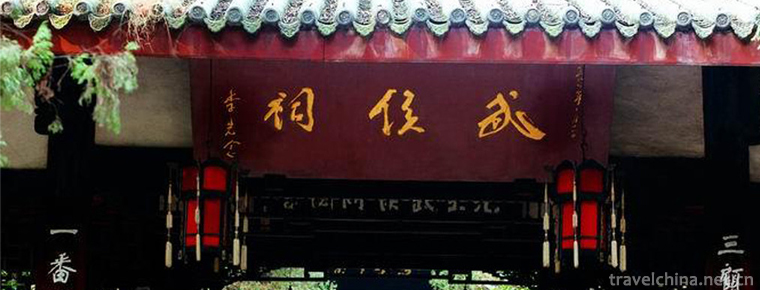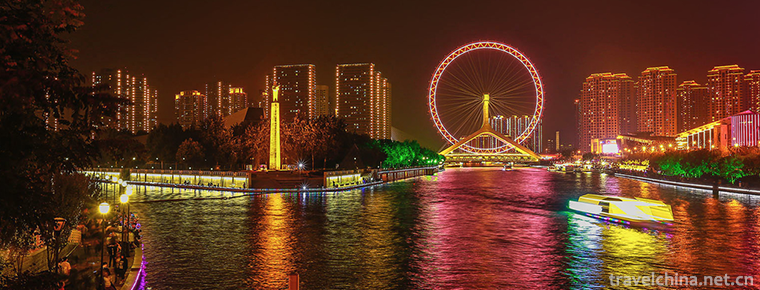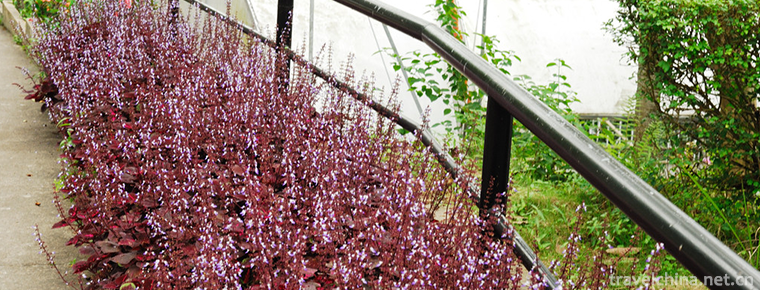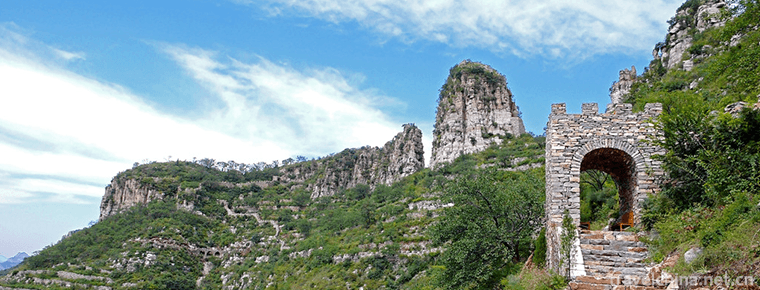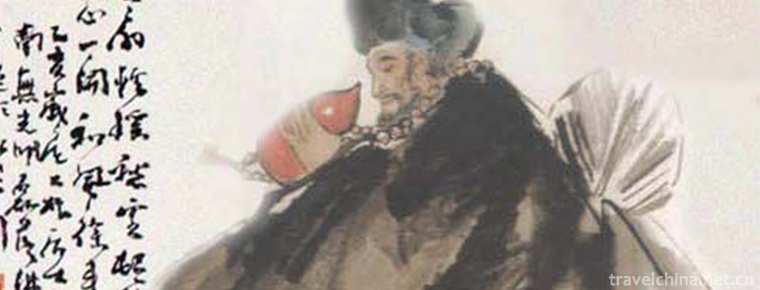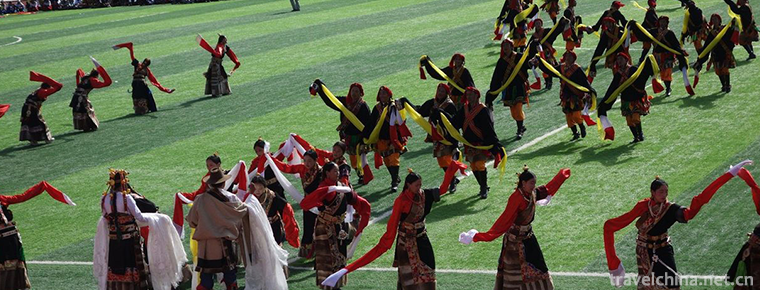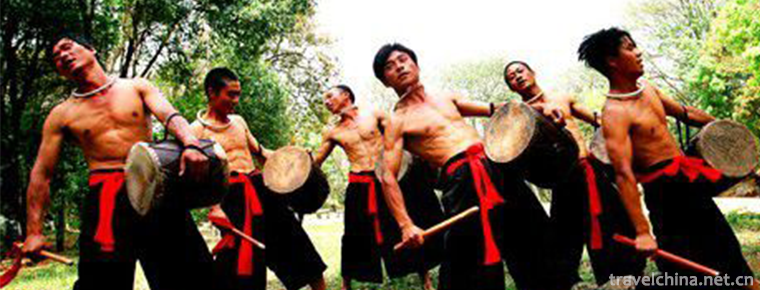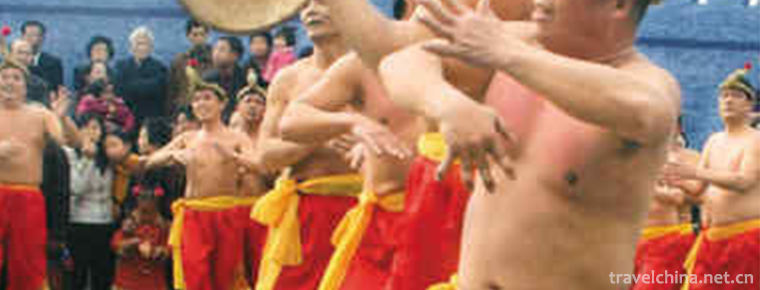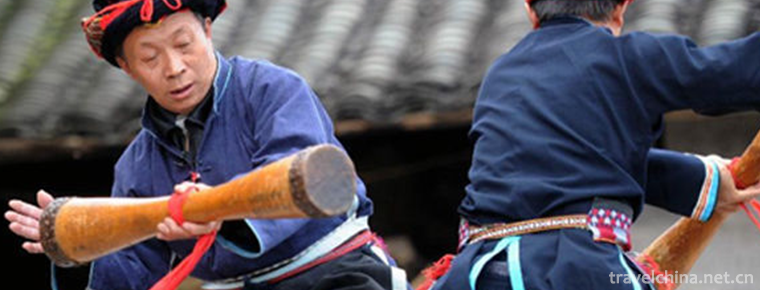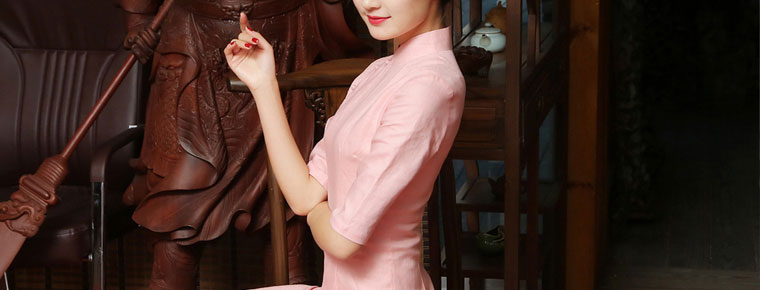Pudacuo National Park
Pudacuo National Park, located in the center of the world natural heritage area of the "three parallel rivers" in Northwest Yunnan, consists of the international important wetland Bitahai Nature Reserve and the Duhu Scenic Area of the "three parallel rivers" World Natural Heritage Haba, which belongs to the Duhu Lake Scenic Area and the Melitang Subalpine Ranch. It is also one of the main tourist attractions in Shangri-La.
Elevation is between 3500 meters to 4159 meters, is a provincial nature reserve, is an important part of the "three rivers parallel flow" scenic spot. Pudacuo National Park has geological landforms, lakes and wetlands, forest meadows, valleys and streams, rare animals and plants, the original ecological environment is well preserved. It is 22 kilometers away from the urban area of Shangri-La, with a total area of about 1313 square kilometers.
Pudacuo, a provincial nature reserve, is an important part of the "Three Rivers Parallel Flow" scenic spot. It is mainly composed of Duhu Lake (about 3.3 km walk length) and Bita Sea (about 4.4 km walk length, 3A national tourist area). The planning area covers a total area of 1,313 square kilometers and is developed according to seven major plates. The developed area accounts for only 3 of the total area. The park has geological landforms, lakes and wetlands, forest meadows, valleys and streams, rare animals and plants, and the original ecological environment is well preserved.
The protection area belongs to sub temperate climate, which is long in autumn and winter and short in spring and summer. The average annual temperature is 5.4 C, the monthly average temperature in the hottest month (July) is 13.2 C, and the monthly average temperature in the coldest month (January) is - 3.8 C
climatic resources
Shangri-La Pudacuo National Park has mirror-like mountains and lakes, watery pastures, flowering wetlands, and primitive forests where birds and animals often haunt. The two beautiful lakes of the pitahai and the genera lakes are known as Plateau Pearl.
The lake is rich in schizophrenia, heavy lipped fish; autumn and winter season, a large number of yellow ducks and other birds in the lake play, naturally interesting.
The scenic area has abundant rainfall and pleasant climate. Such natural conditions, making plants flourishing, vegetation rich, like a natural botanical garden. In addition, there are a number of fault cliffs, forest Xiaojian, deep gorge and other unique interlaced distribution of small scenery, with high geographic value and tourism value.
plant resources
The vegetation in Pudacuo National Park is mainly fir with long bracts. Secondly, according to different altitudes and yin-yang slopes, azalea, arrowhead bamboo, moss, honeysuckle, spruce, alpine pine, alpine oak, short-spined oak, sequoia, red birch, aspen, birch and so on, they are mainly Artemisia meadow and aquatic plants. They are mainly fragrant communities, Potamogeton glabra community, foxtail community, and meihua algae community.
Animal resources
There are many rare animals and birds in the nature reserve of the National Park. There are mainly the first class of national animal protection black-necked crane, the second class of animal protection rhesus monkey, lynx, clouded leopard, golden cat, black muntjac, muntjac, furry deer, musk deer, Tibetan pheasant, green-tailed red pheasant and so on. The three type of protective animals are blood pheasants. There are also some economic animals and ornamental animals.
They are mainly black bear, Tibetan rat, mole, plateau rabbit, red bellied squirrel, bamboo rat, green-headed diving duck, duck, parrot and thrush with high ornamental value.
Double tower heavy lip fish:
It is said that there is a kind of rare fish called "Bita heavy lipped fish" growing in the Bita Sea, is a very old fish, for the Quaternary glacial legacy of the ancient creatures, meat delicate, delicious, is the best fish food. But Pudacuo belongs to the Tibetan area. Tibetans practise celestial burial and water burial. Fish eat human flesh. Therefore, Tibetans do not eat fish. Those fish live freely in the Bita Sea, no one fishing, self-extinction, and this kind of fish generally deep in the lake bottom, rarely landing, so the Tibetan people regard it as a God fish, can see the God fish is very lucky people.





















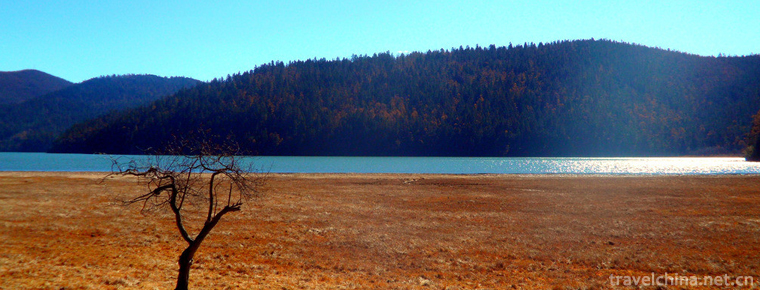
-
Wuhou Temple in Chengdu
Martial Marquis Memorial Temple,Chegdu city,Sichuan Province.
Views: 212 Time 2018-09-29 -
Eyes of Tianjin
Tianjin Eye, full name Tianjin Yongle Bridge Tientsin Eye, crossing the Haihe River connecting Hebei and Hongqiao District, is a cross-river construction, bridge wheel in one Ferris wheel, both touris.
Views: 128 Time 2019-02-21 -
Yongji Ecological Park
Yongji Eco-Park is located in Daling Town, Huidong County, Huizhou City, Guangdong Province. It covers an area of about 1300 mu. It was solely invested and constructed by Hong Kong Yongji Food Group i.
Views: 427 Time 2019-03-05 -
Yongquan Qicheng Great Wall Ecological Scenic Area
The Great Wall of Yongquan Qi is a quiet tourist scenic spot, located in Yongquan Village, Zihe Town, Zibo City, where Pu Songling lived in the southeast mountain area. Here the mountains are connecte.
Views: 121 Time 2019-03-05 -
Legend of Ji Gong
The legend of Jigong is a kind of Chinese folk oral literature evolved from the story of Daoji, a Buddhist monk in the Southern Song Dynasty. It is centered in Tiantai County,.
Views: 495 Time 2019-05-05 -
Comba Rai
"Kangbalayi" is a poetic language of communication between Tibetan men and women in Zhiduo County. It originated in Songzan Period of Southern Japan in the end of the sixth century..
Views: 130 Time 2019-05-08 -
Drum dance
Hani rhythm and drum dance is a kind of sacrificial dance of Hani people on the traditional festival "Onmatu". The dance is vigorous and bold, vigorous, simple and free, showing the same per.
Views: 52 Time 2019-05-23 -
Quanzhou breast clapping dance
Breast-clapping dance, also known as chest-clapping, seven beats, flower-clapping and beggar dance, is a traditional dance originating in Quanzhou, Fujian Province. It is widely spread in Quanzhou cou.
Views: 129 Time 2019-06-11 -
Long Drum Dance of Yao Nationality
Chinese Yao folk dance. Popular in Guangdong, Guangxi, Hunan and other provinces where Yao people live together, most of them perform on traditional Yao festivals, harvest celebrations, relocation or .
Views: 208 Time 2019-07-11 -
Appreciation of short sleeve cheongsam
In the late summer and early autumn, the weather is chilly in the morning and evening. As long as you put on some thin shawls, you can wrap some cloth shawls and tighten them on your chest..
Views: 309 Time 2020-12-11 -
The origin of Chinese embroidery
Embroidery originated very early. The article on the embroidery of Fu Yu can be seen in Shangshu. In the time of Yu Shun, embroidery was already in use. In the Eastern Zhou Dynasty, there was an official in charge of it, and in the Han Dynasty, there was Royal embroidery.
Views: 101 Time 2020-12-12 -
Neijiang population
By the end of 2019, the total population of Neijiang's household registration was 4 million 81 thousand and 800, a decrease of 35 thousand and 900 from the end of last year, of which 2 million 103 thousand and 400 were male and 19 thousand were reduced.
Views: 346 Time 2020-12-16
